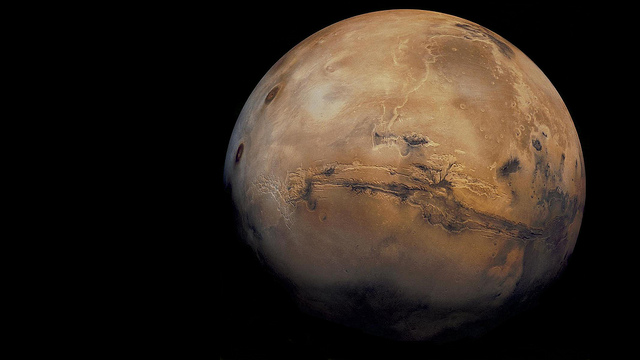
WASHINGTON (PTI): Future astronauts on Mars will rely less on supplies from Earth and may even be able to create rocket fuel and 3D printed structures by using locally sourced minerals, according to NASA.
To enable missions deeper into space than ever before, NASA is investing in technologies for In-Situ Resource Utilisation (ISRU) - the ability to find and use natural resources beyond Earth.
This includes refining and storing consumables like breathable air, drinkable water, and even using them to grow food.
"With ISRU, future astronauts may even be able to create rocket fuel and 3D printed parts and structures by using locally sourced minerals," NASA said.
ISRU is one of the key capabilities NASA needs to help astronauts rely less on supplies from Earth and become more self-reliant on expeditions far from home.
It will take humans more than six months to reach Mars with current propulsion systems. Because of the orbit of the planets around the Sun, astronauts either will have to leave Mars within 30 days or stay on the planet for more than 500 days.
The ability to leverage Mars resources could greatly reduce the cost of both mission types. NASA will soon test ISRU experiments that could help overcome this challenge.
In August, NASA announced the suite of instruments destined for Mars aboard the agency's Mars 2020 Rover.
One of these instruments, the Mars Oxygen ISRU Experiment (MOXIE), will convert carbon dioxide collected from the Martian atmosphere into oxygen.
The MOXIE system, once demonstrated on Mars, could be scaled for future human missions as a way to replenish their life support.
They could even use the oxygen to fuel an ascent vehicle to leave the Martian surface and begin the voyage home.
"The ability to produce oxygen on Mars decreases the amount of cargo we will need to launch in advance of human missions or send with crews, which could significantly decrease the costs of those missions as well," NASA said.
NASA is also developing a plan to launch the Resource Prospector with the Regolith and Environment Science and Oxygen and Lunar Volatile Extraction (RESOLVE) experiment.
Resource Prospector will land on the south pole of the Moon and carry RESOLVE on a rover to find, characterise and map ice and other substances in almost permanently shadowed areas.
The concept includes multiple science instruments that will help identify volatiles in the lunar soil (or "regolith"), such as hydrogen and water ice. An on-board oven will separate the natural resources from soil samples.
 Previous Article
Previous Article Next Article
Next Article











The Indian Air Force, in its flight trials evaluation report submitted before the Defence Ministry l..
view articleAn insight into the Medium Multi-Role Combat Aircraft competition...
view articleSky enthusiasts can now spot the International Space Station (ISS) commanded by Indian-American astr..
view article